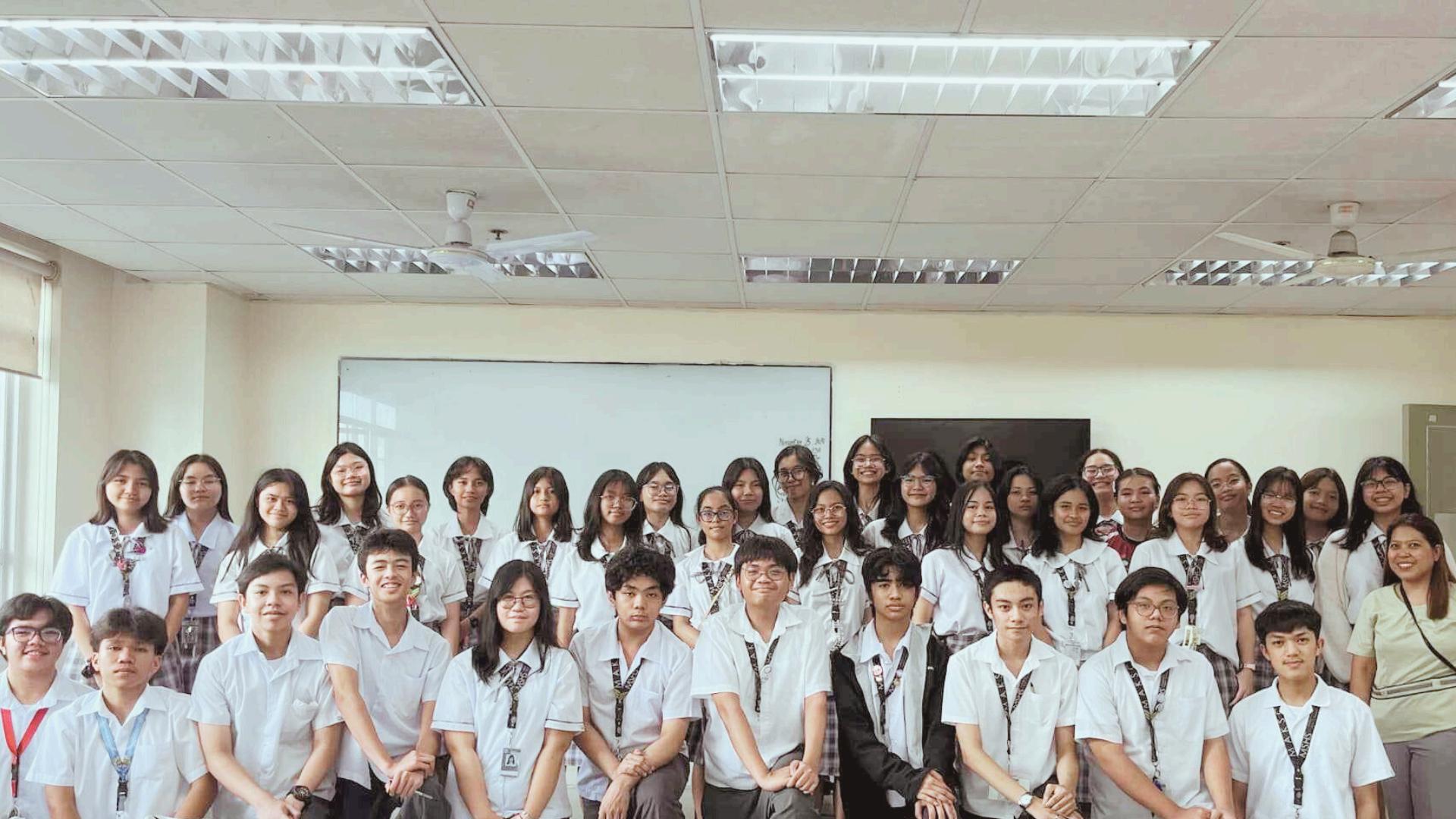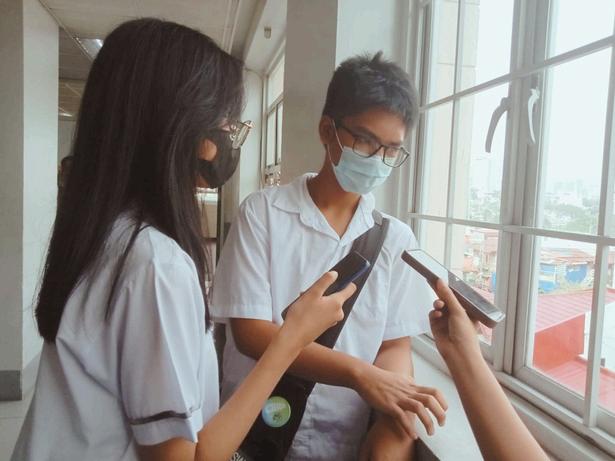LAVOISIER
Republic of the Philippines
DEPARTMENT OF EDUCATION
National Capital Region
MAKATI SCIENCE HIGH SCHOOL
Araling Panlipunan Department



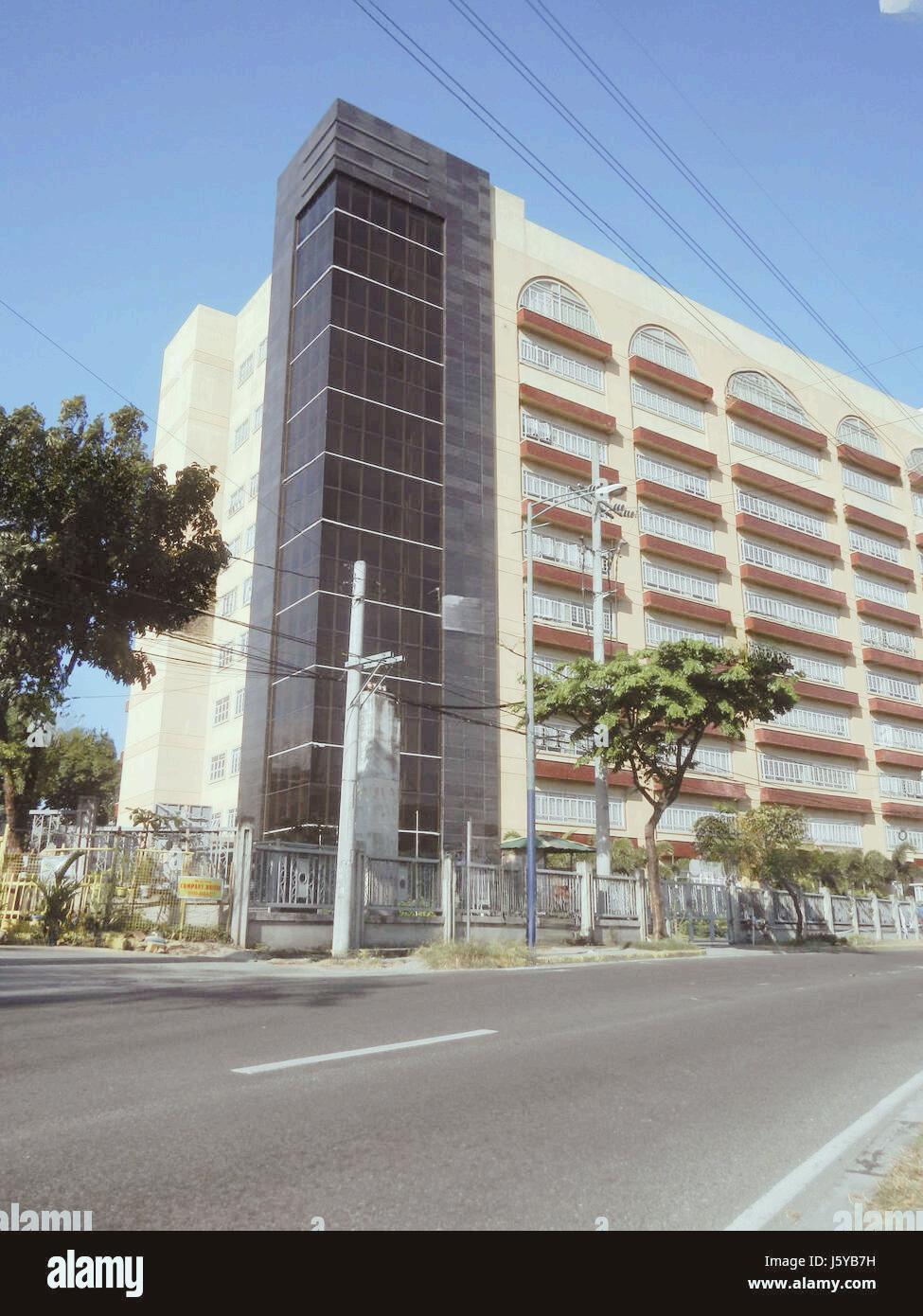
Republic of the Philippines
DEPARTMENT OF EDUCATION
National Capital Region MAKATISCIENCEHIGHSCHOOL
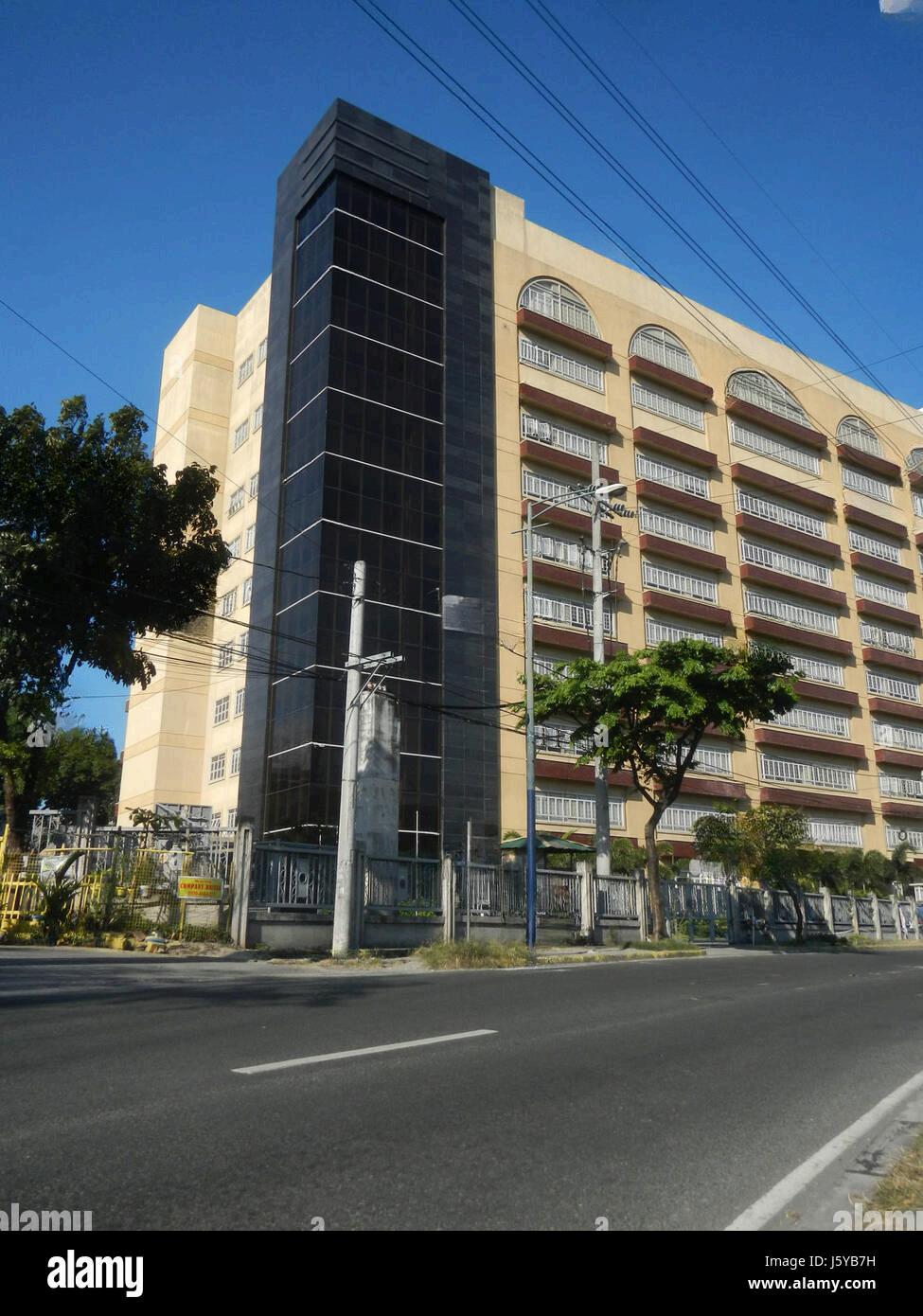




Republic of the Philippines
DEPARTMENT OF EDUCATION
National Capital Region
MAKATI SCIENCE HIGH SCHOOL
Araling Panlipunan Department




Republic of the Philippines
DEPARTMENT OF EDUCATION
National Capital Region MAKATISCIENCEHIGHSCHOOL




EXECUTIVESTAFF
HANNAH EUNICE NITOLLANO
Executive Director
ATHALIAH PHAT MINA
Assistant Director
agatha keisha viera
Secretary
RAYVER CRUZ
Monitoring Officer
ceanna eunice chipongian
Editor-In-Chief
FRANCES MARGARET PABICO
Research Head
JAZLYN GABISON
Interviewing Head
airish dane nolasco
Documentation Head
jethro allen legaspi
Layout & Graphics Head
joaquim santino fernandO
Content Head
lizette gugulin
Copyreading Head
ADVISER
MS. MARISSA M. RAZON
Araling Panlipunan
Department
PROJECT
MAKSCITIZEN
collaborators
EDITORS
ElijahJosephAcosta MoiraAeishaRomaCruz JohanneBarrientos
RESEARCH
ClaireAnneVelez
NinaAyeshaDeRosales
MarhiannaDenisseMagno ZaimerMiras
INTERVIEWING
MarieAdrianneJarabe CandiceNathalieSerrano GenevieveJaven MarEzekielMangaya BeatriceAlfaro
DOCUMENTATION
LianGabrielleCereno
KurthGabrielBelason GwynethRoanneRondolo KianaSapitula
LAYOUT&GRAPHICS
RoseJuliannaIsnani
KierstenCherylAbadicio EubieMargarethAlgarne SeanDanielGutierrez
CONTENT
PheionaMackaylaCalma MarianneLouiseIbarra ElyseeLaurenOraa BaronJominiLagadia
COPYREADING
JohnGabrielleLandicho ZhaiCathlynMedino R.JasonBunayog
TABLE OF CONTENTS

Project Makscitizen is a pioneering project of the Araling Panlipunan Department of Makati Science High School. It reflects the real core and essence of being a reasonable member of society. It contributes to the development of a holistically developed citizen who is aware and knowledgeable of and critically analyzes current issues and concerns in the local and global arena.
Noise pollution occurs daily, though it is mostly ignored. It can come from various sources, such as vehicles, loud music, humans, industrial operations, and construction work. Although some sounds contribute to productivity and comfort at work, too much noise greatly impacts our environment. It risks health, leads to loss of concentration, and reduces quality of life in general
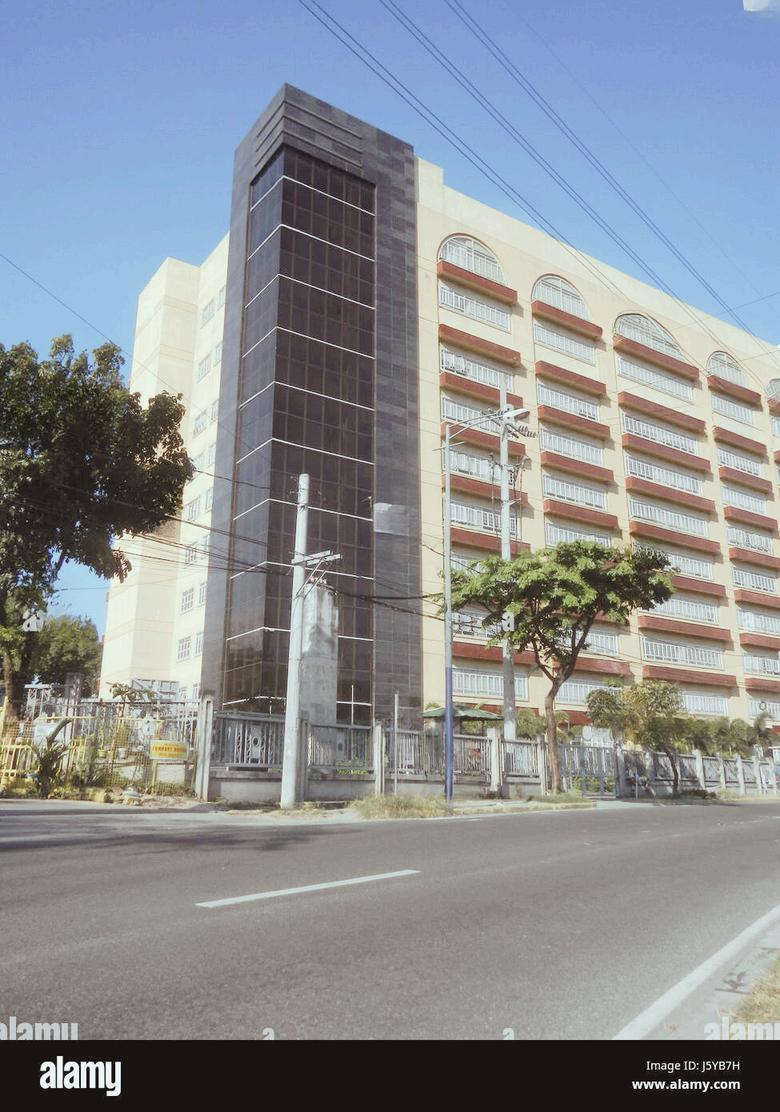
Due to the large number of students, instructors, and non-teaching staff in school, noise pollution is one of the main issues that the community must deal with. It happens because of different factors such as practices, school events, class discussions, and more
The increasing levels of noise disturb concentration, cause stress, and reduce productivity among students, teachers and non-teaching personnel at Makati Science High School. This research aims to identify and explore practical noise control solutions inside the school premises that will minimize the disturbances and provide a place for everyone to concentrate better
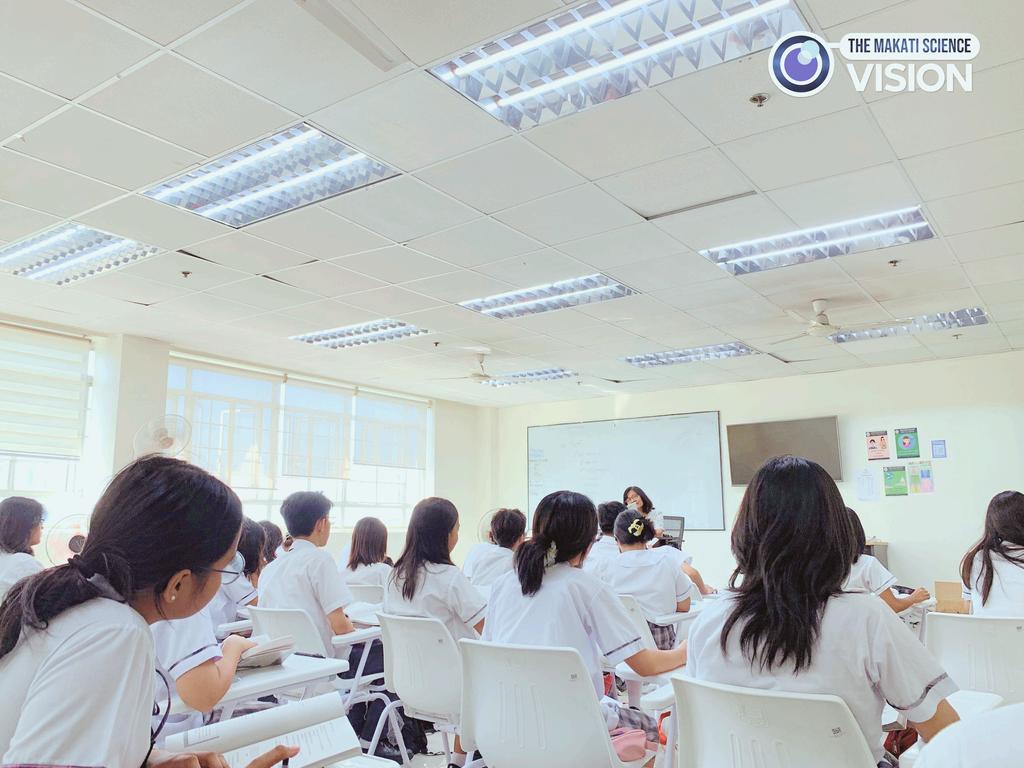

Reduce internal noise pollution including hallway disturbances, class interruptions and other forms of unwanted noise that disrupts the learning environment among students, teachers and non-teaching personnel.
Communicate to encourage students to be disciplined; develop respect among teachers, staff and fellow students In addition to that, also implement ways to control noise pollution inside and outside classrooms
By putting into practice effective noise management techniques, we may create an organized and comfortable atmosphere that will benefit students' academic performance and general wellbeing
Inform the school community about the cause and effects of noise pollution and encourage group responsibility for maintaining a calm learning environment
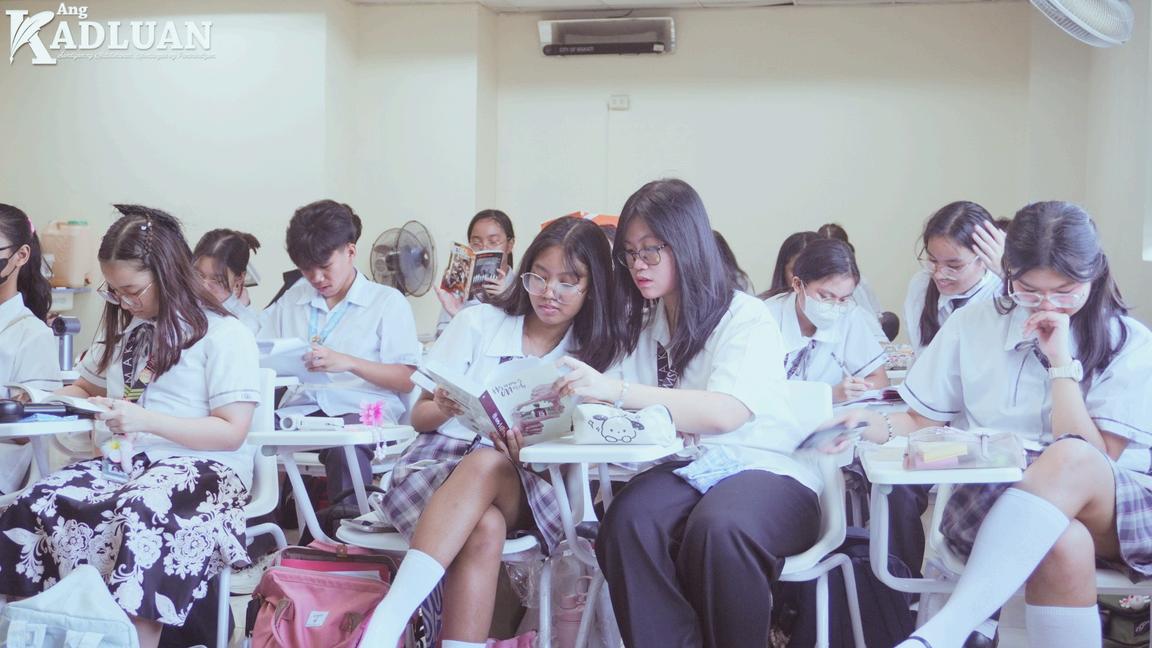
According to numerous studies, excessive noise can have negative impacts on people in a number of ways, including stress, exhaustion, depression, problems with memory and attention, migraines, high blood pressure, and more. Students may experience several kinds of mental and physical health problems as well as decreased academic performance and reading comprehension as a consequence of these outcomes

Noise level is a significant factor contributing to disruptive behavior in students. The noise level in schools has a profound negative impact on students’ mental health as well as the well-being of teaching and non-teaching personnel. This study aims to explore how noise pollution in the learning environment affects students’ learning experiences and to identify effective strategies to combat noise pollution. While no single solution may fully address noise pollution, implementing various strategies can help create a healthier learning environment for students.

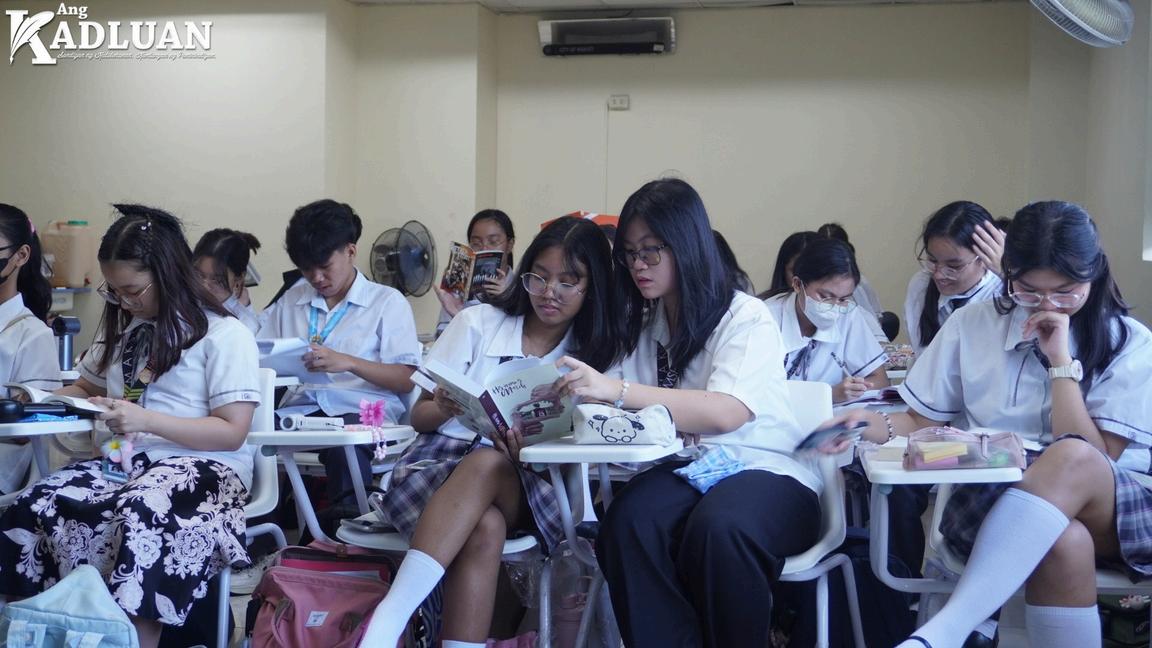
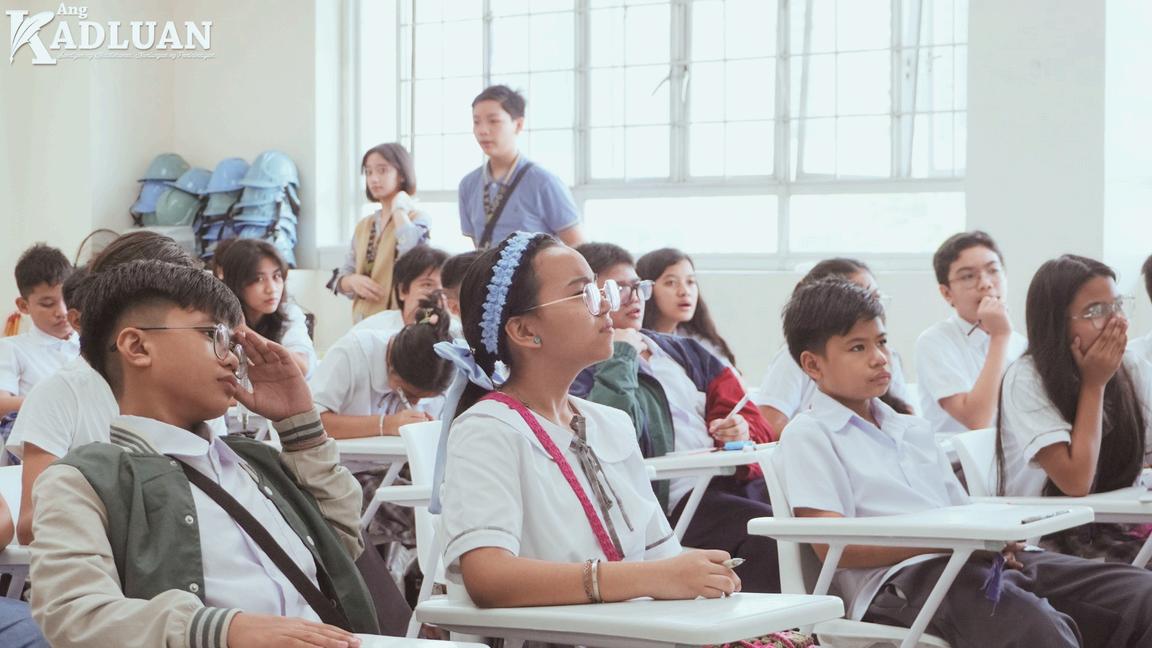
Excessive noise also affects teachers, who often strain their voices to be heard. Overtime, this causes stress, fatigue, and vocal issues. These challenges make it harder for lecturers to effectively deliver lessons and manage their classrooms.


The presence of noise can lead to a learning environment where students are less likely to participate actively in their studies This ultimately reduces overall classroom productivity, as students focus more on managing the noise rather than engaging with their lessons.

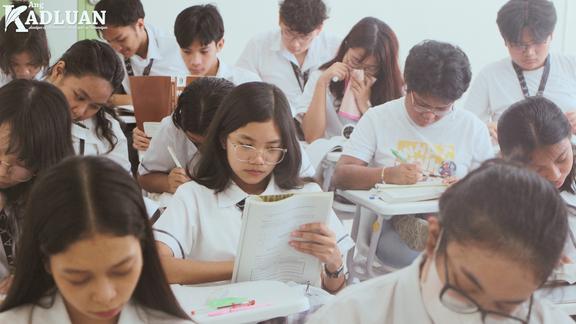
The class of 9 - Lavoisier identified four main problems with noise pollution in the school facility that they believe can affect the learning experience:
Based on the survey results, most respondents collectively agree that excessive noise in learning environments significantly impacts both students and teachers. It disrupts students’ focus, leading to behavioral issues, stress, and mental health effects, such as fatigue and depression These factors affect academic performance, memory, concentration, and physical health For teachers, noise makes teaching more challenging, often resulting in voice strain, stress, and fatigue from constantly raising their voices Noise lowers student engagement by reducing their ability to participate actively, which ultimately decreases overall classroom productivity
Furthermore, the majority of respondents agree that purchasing acoustic items and participating in tree-planting campaigns are good ways to reduce noise pollution. Based on the responses, the most common strategy for dealing with noise pollution is to ignore it, concentrate on the task at hand, and then look for methods to relax.
A
How would you rate the noise level at Makati Science High School on a scale of 1-10, with 1 being very quiet and 10 being extremely noisy?
How often/how frequently do you experience or encounter noise pollution at Makati Science High School?
AllThroughouttheDay 52.1%
What kind of Noise Pollution have you encountered here at MakSci?
Duringbreaksorlunchtimeonly
Bothduringclasshoursandbreaks
AllThroughouttheDay Varies
Duringbreaksorlunchtimeonly 14.1%
Tra�cnoisefromoutsideschool
Bothduringclasshoursandbreaks 296%
Constructionnoisefromnearbysites
Noisefromotherclassroomsorhallways
Noisefromschoolevents
Noiseinschoolgroundsduringdismissal Classmates
Noiseinschoolgroundsduringdismissal 05%
Noisefromschoolevents 281%
Noisefromotherclassroomsorhallways 30%
Tra�cnoisefromoutsideschool 286%
Constructionnoisefromnearbysites 124%
Graph D
How does noise pollution affect you in your academic life?
Di�cultyconcentrationonlessons
Troubleunderstandingtheteacher
Reducedabilitytofocusonactivities,examsortasks
Increasedstressandanxiety
Loweredacademicperformance
Headaches,earpain,etc
Graph E
How do you handle/how do you cope with the noise pollution that you experience in school?
Usenoise-cancellingheadphonesorearplugs
Findaquietplacetostudyorwork
Talktoateacherorcounselortoaddressthenoiseissue
Userelaxationtechniques
Trytoignorethenoiseandfocusonmywork
Graph F
Do you believe that investing in tree-planting projects is a worthwhile long-term strategy for Makati Science High School to mitigate Noise Pollution? 8inevery10peopleagree 831%sayyes
Graph G
Do you believe that investing in tree-planting projects is a worthwhile long-term strategy for Makati Science High School to mitigate Noise Pollution?
93inevery100peoplesayyes
CooperationofPeaceO�cerstoimplementn Enhancethestrictregulationsfornoisecontrol Implementrewardsthatcanmotivatestudent SpreadAwarenessaboutnoisepollutiontoot Blockingoutdisruptivenoisesbyusingsound-… Manageyourownnoise;keepyourvolumedo… Designatequietzones Disciplinestudents
Several ways a strategies can be implemented minimize noise disturbances in school: investing in tree-plant programs and teaching a disciplining students Trees h reduce noise due to their prope of intercepting sound waves a absorbing their behavio
Different plants cancel noise absorbing, deflecting, or refract sound waves depending on th physical properties a characteristics Tree sound barr create different noises that h cancel unwanted noise
Implementing sch policies and programs is anot way of managing noise pollut
Teaching students rules a regulations such as limiting lo activities, and designating qu time and quiet zones, may h create a more peace environment, enhancing students, teachers, and sta productivity and learn experience

Encourage students to be disciplined in terms of noise control among the school hallways, canteen, and classroom discussion.
The Supreme Secondary Learners’ Government (SSLG) Officers alongside the High School YMCA (Hi-Y) and Project W A T C H will take the initiative to make this program possible to be approved by the school administration to seminar discipline on noise control among the school premises. They will discuss how to be responsible in managing discussions and practices without too much noise.
The most quiet and disciplined class will be recognized and awarded every year. Peace officers will monitor their respective classes throughout the day and give reports to the president by the end of the day. The presidents will be the ones to keep track of the results and report them to the school heads to tally the results.
Place posters and banners on hallways, canteens, and classrooms for awareness and will serve as a reminder for students to control their noise





Help avoid disturbance among the other classes
Provide students with a comfortable place to practice.

places for practice and a set schedule for each one in order to accommodate everyone inside the school.
Every group practicing is required to be monitored by a teacher, but if not available, leaders assigned for each group are expected to implement noise control among their members
Regarding the use of speakers, it is recommended that the volume shouldn't exceed as much as necessary to cover the whole practicing area but not reach and disrupt classes in nearby classrooms The sounds and music played must be of importance and in relation to the activity in order to lessen unnecessary noise.
The permission for this must be provided by the school administration, the school principal or the guidance office.
Locations
Court (If weather is persistent) - for physical activity practices like sports 1.
Grounds (when there are no events) 2. Vacant Rooms 3
SVANTEK. (2023, October 5). Noise in schools.
https://svantek com/academy/noise-inschools/#:~:text=Physically%2C%20prolonged%20exposure%20to%20high,t o%20engage%20in%20academic%20activities
Iberdrola. (2021, April 22). Noise pollution: How to reduce the impact of an invisible threat? https://www iberdrola com/sustainability/what-is-noisepollution-causes-effects-solutions
Knauf Insulation North America (n d ) Classroom noise pollution and its negative effects. https://www.knaufnorthamerica.com/enus/blog/effect-of-noise-pollution-in-the-classroom
Bulunuz, N., & Bulunuz, M. (2017). Noise pollution in school and evaluation of its control through educational practices Research on Education, 282 Ibrahim, Z. H., & Richard, H. K. (2018). Noise pollution at school environment located in residential area Malaysian Journal of Civil Engineering, 12(2) https://doi.org/10.11113/mjce.v12.15636
National Education Association (2020, June 19) Controlling classroom noise. https://www.nea.org/professional-excellence/studentengagement/tools-tips/controlling-classroom-noise
ClickView Education. (2024, February 23). Noise management in the classroom https://www clickvieweducation com/blog/classroommanagement/noise-management
Pulsar Instruments (n d ) Classroom noise https://pulsarinstruments.com/solutions/classroom-noise/ Nordseth, A (2021, August 13) How do trees reduce noise pollution? Treehugger. https://www.treehugger.com/how-do-trees-reduce-noisepollution4863592#:~:text=Noise%20barriers%20made%20from%20trees%20 and%20other%20plants,by%20absorbing%2C%20deflecting%2C%20refract ing%2C%20or%20masking%20sound%20waves
